The Philip J. Currie is proud to present our free Virtual Speaker Series. Learn more about dinosaurs, palaeontology, and the fascinating world around us straight from the experts!
Our speakers will be presenting live via Youtube. Our moderator will be able to discuss and ask questions, just like an in-person presentation.
Have questions? Perfect! Comment on our YouTube live stream or our social media channels and our moderator will pass along your questions.
Can’t make it? All of our Virtual Speaker Series will be posted to our YouTube following the discussion.
WATCH OUR FEATURED VIRTUAL SPEAKER SERIES:
Dr. Jingmai O’Connor
The Evolution of Dinosaurian Flight & The Rise of Birds
PAST SPEAKERS
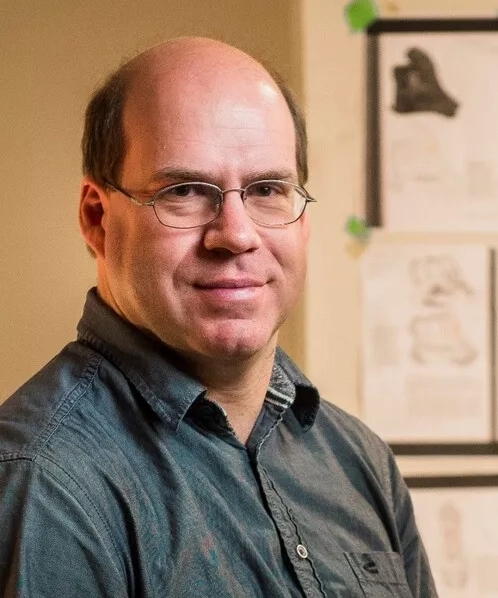
DR. CORWIN SULLIVAN
“A MONSTERSAURIAN LIZARD IN A WARM SUBARCTIC ALBERTA DURING THE LATE CRETACEOUS”
THURSDAY, APRIL 25, 2024
12:30 PM (MST)
Ongoing fieldwork at a site called the DC Bonebed, on the Wapiti River, is recovering fossil evidence of the rich community of dinosaurs and other creatures that lived in northwestern Alberta about 75 million years ago. One small but significant specimen is a skull bone from a lizard belonging to a group called the Monstersauria, represented today by the Gila monster of the southwestern United States and the beaded lizards of Mexico and Guatemala. The skull bone reveals that the "DC Monster" resembled its modern cousins in having knobs of bone, called osteoderms, fused to the skull for protection. The DC Monster was even more similar to a Late Cretaceous monstersaur from Montana, probably representing the same species. In the modern world, monstersaurs and most other large lizards are restricted to fairly low latitudes, but in the Late Cretaceous the DC Bonebed would have been just outside the Arctic Circle, at a latitude of about 63° N. The presence of the DC Monster at such a high latitude, along with gingko trees, crocodilians, and soft-shelled turtles, is consistent with other evidence showing that the Late Cretaceous world was much warmer than today's.

SALLY HURST
"THE FOUND A FOSSIL PROJECT: DISCOVERING DINOSAURS AND PROTECTING THE PAST IN AUSTRALIA"
WEDNESDAY, MARCH 13, 2024

ASHLEY HALL
"THE ULTIMATE ‘IFFYOSAUR’: THE STORY OF AN UNUSUAL ICHTHYOSAUR COMPOSITE"
FRIDAY, FEBRUARY 8, 2024
Ichthyosaurs, or “dolphin-shaped” marine reptiles, swam the seas for 160 million years and are known for their exquisite and complete preservation in the fossil record. Join Museum of the Rockies Outreach Program Manager Ashley Hall as she tells the story of how one seemingly complete ichthyosaur specimen was discovered to be an amalgamation of multiple skeletons from two different European countries, including one very rare specimen. How does fossil forgery happen, and what can we learn from these “Frankenstein” fossils?
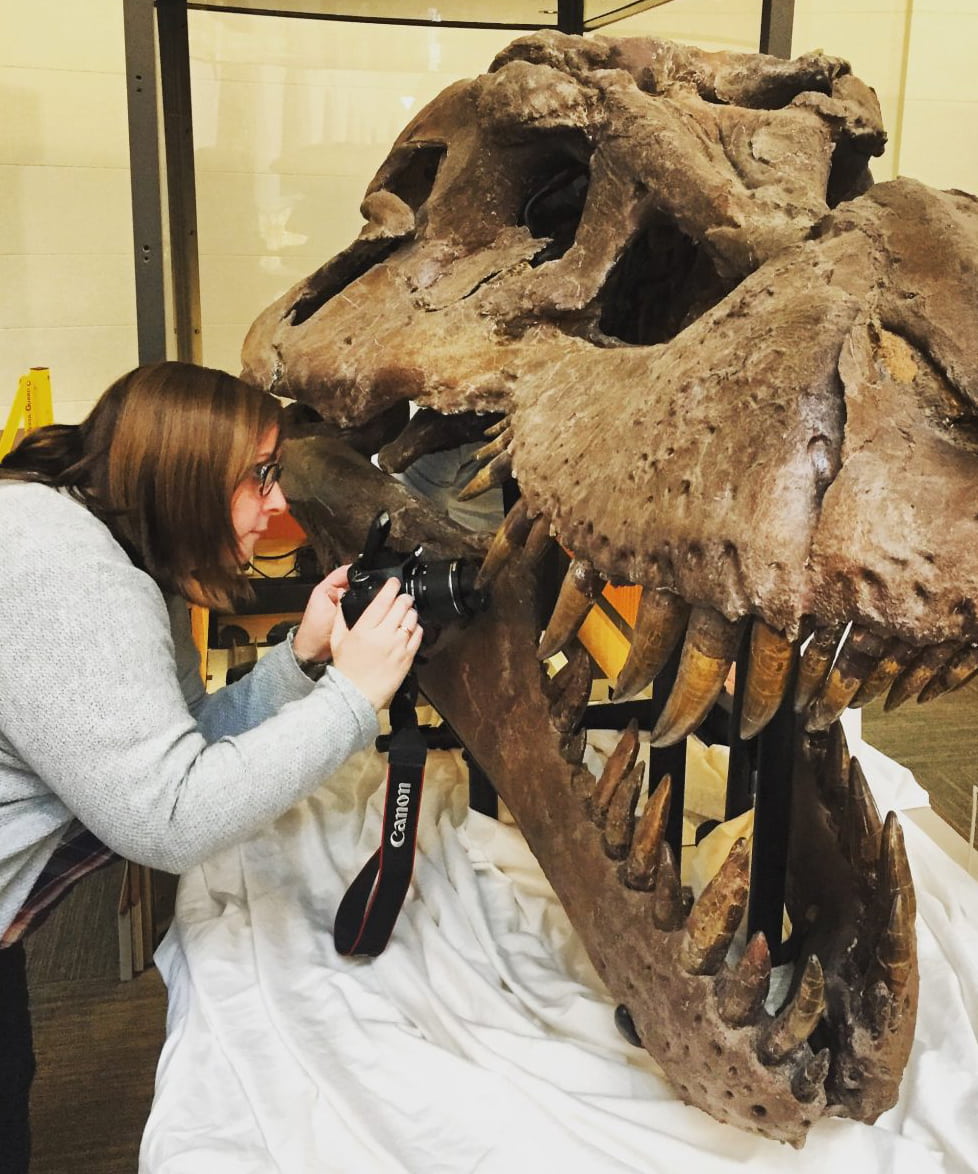
DR. KIRSTIN BRINK
“TOOTH PATHOLOGIES AND SOFT TISSUE RECONSTRUCTION: INSIGHTS INTO T. REX PALEOBIOLOGY”
SATURDAY, JANUARY 20, 2024
Streaming live through the Philip J. Currie Dinosaur Museum YouTube channel.
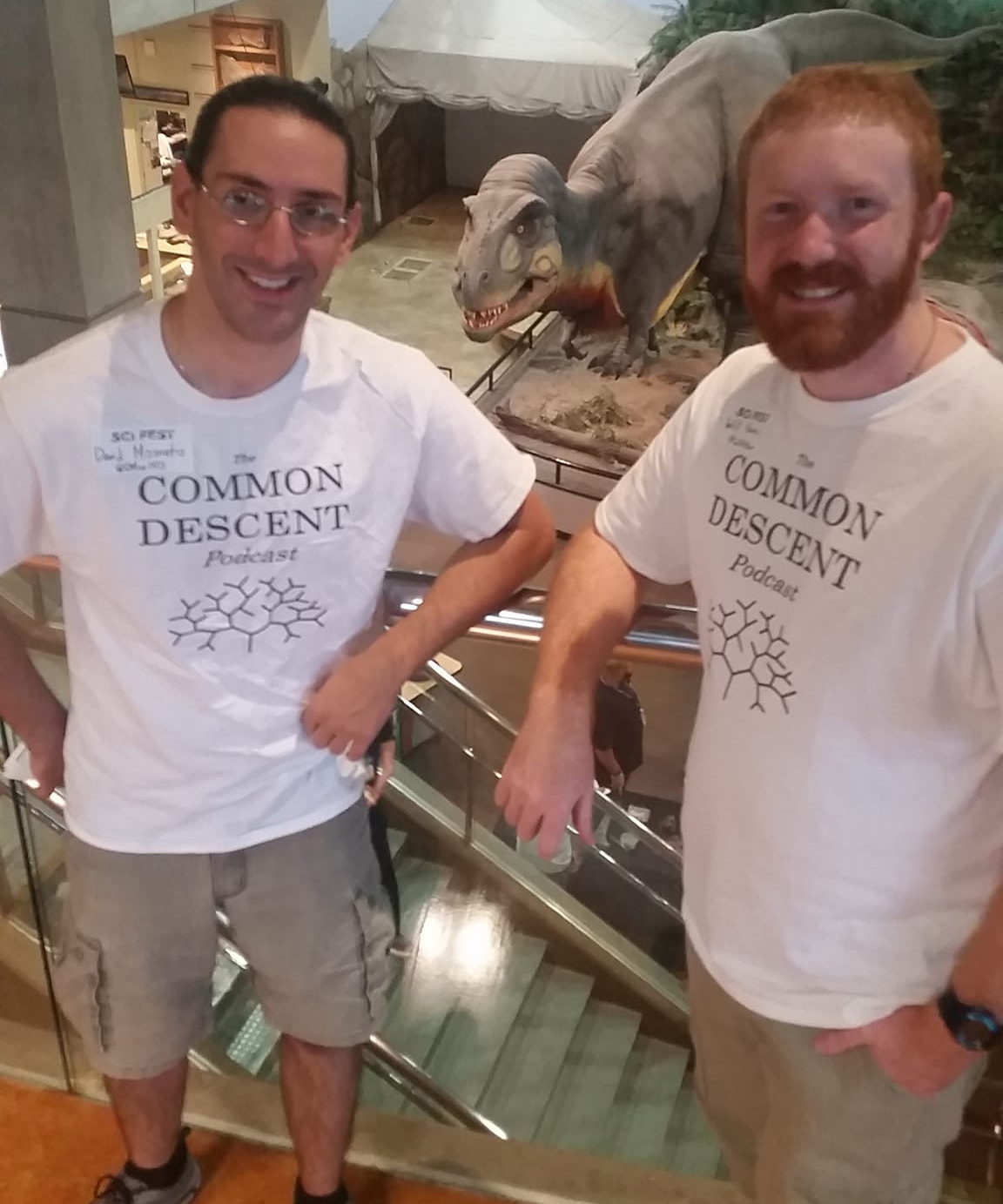
COMMON DECENT PODCAST
“JURASSIC PARK IS A TERRIBLE ZOO”
SATURDAY, DECEMBER 9, 2023
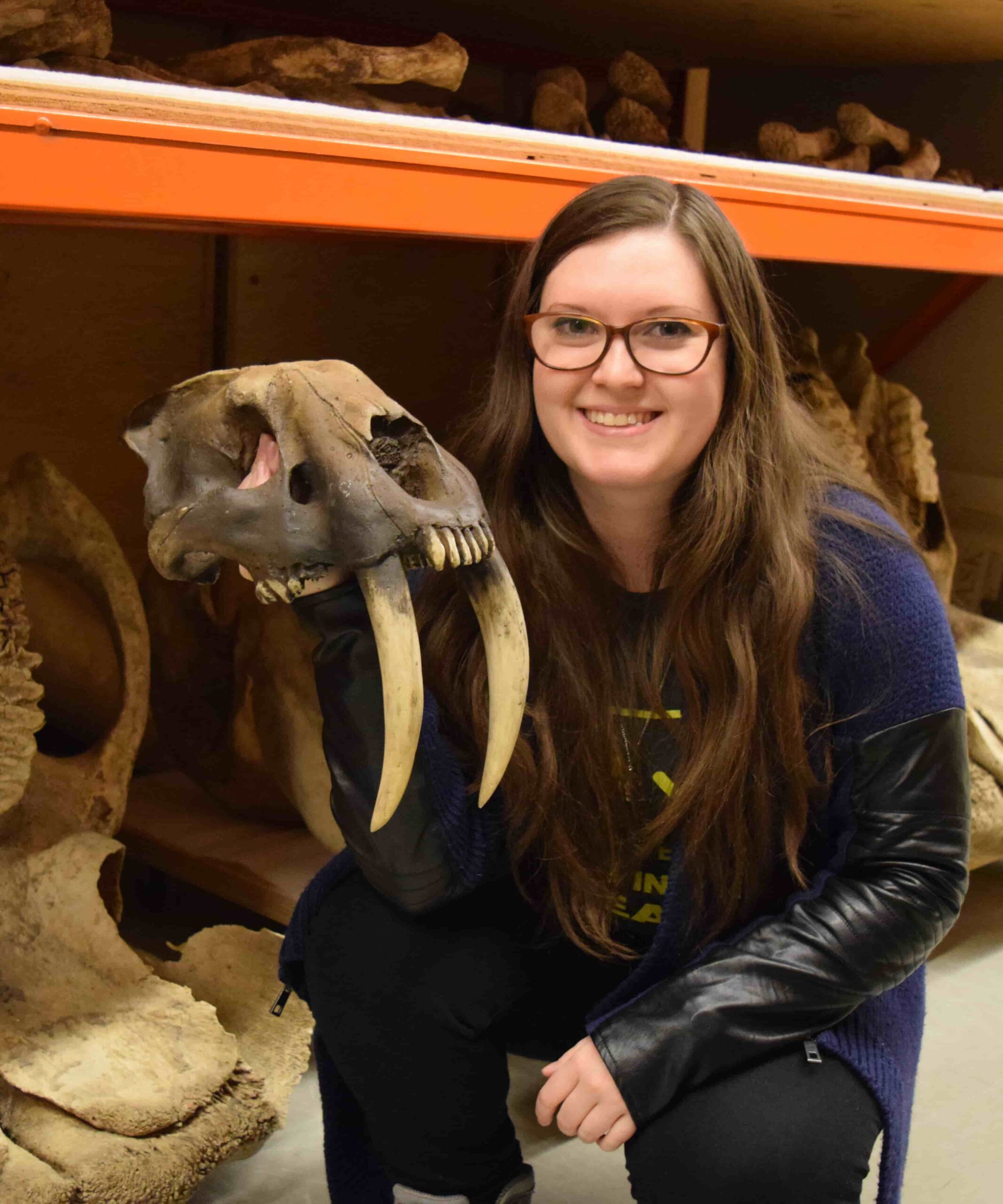
ASHLEY REYNOLDS
“SABRE-TOOTHED CATS, DIRE WOLVES, AND OTHER ICE AGE MAMMALS FROM ALBERTA”
SATURDAY, APRIL 22, 2023
Streaming live through the Philip J. Currie Dinosaur Museum YouTube channel.
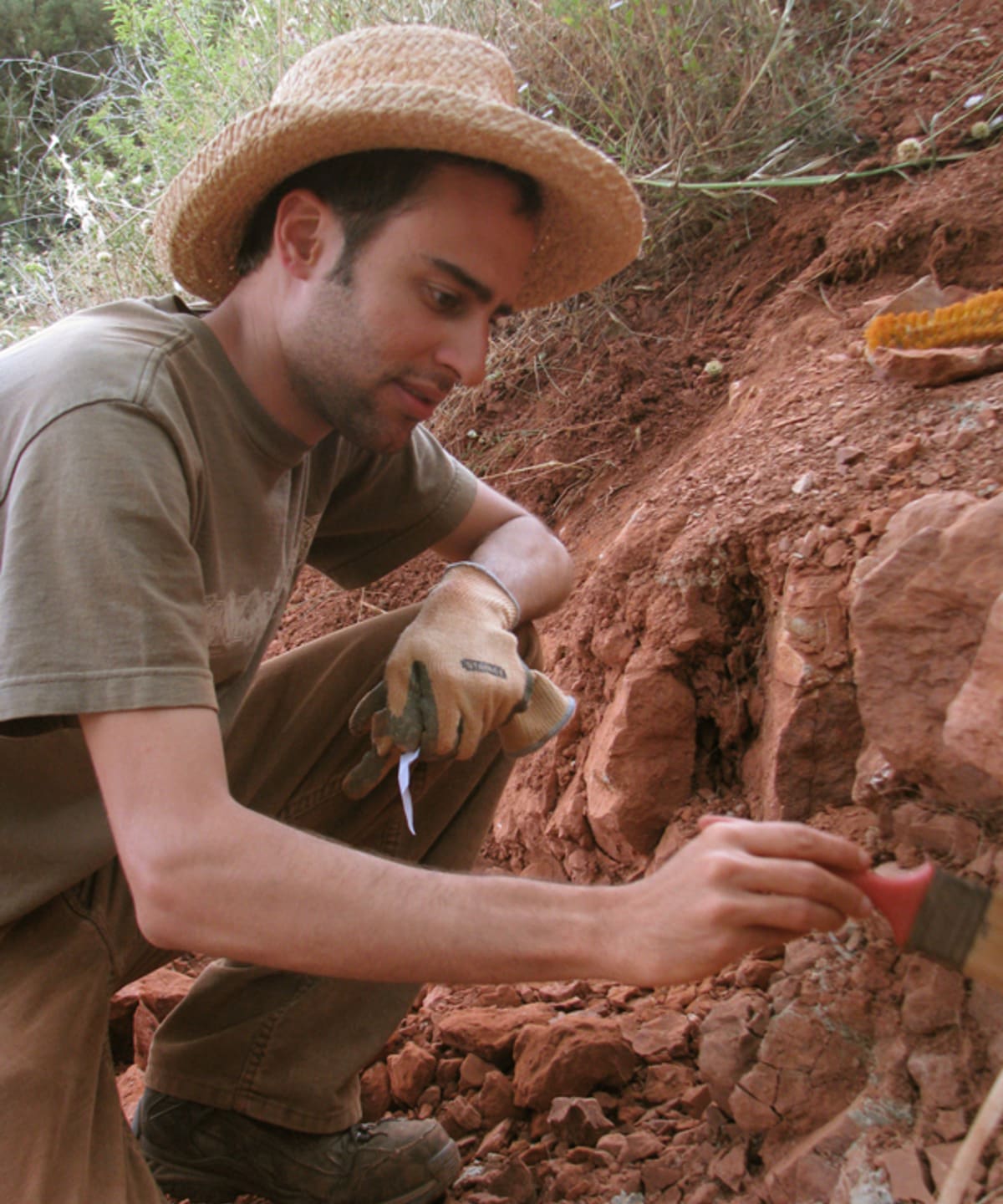
STEVE BRUSATTE
“THE RISE AND FALL OF THE DINOSAURS”
FRIDAY, MARCH 31, 2023
Streaming live through the Philip J. Currie Dinosaur Museum YouTube channel.
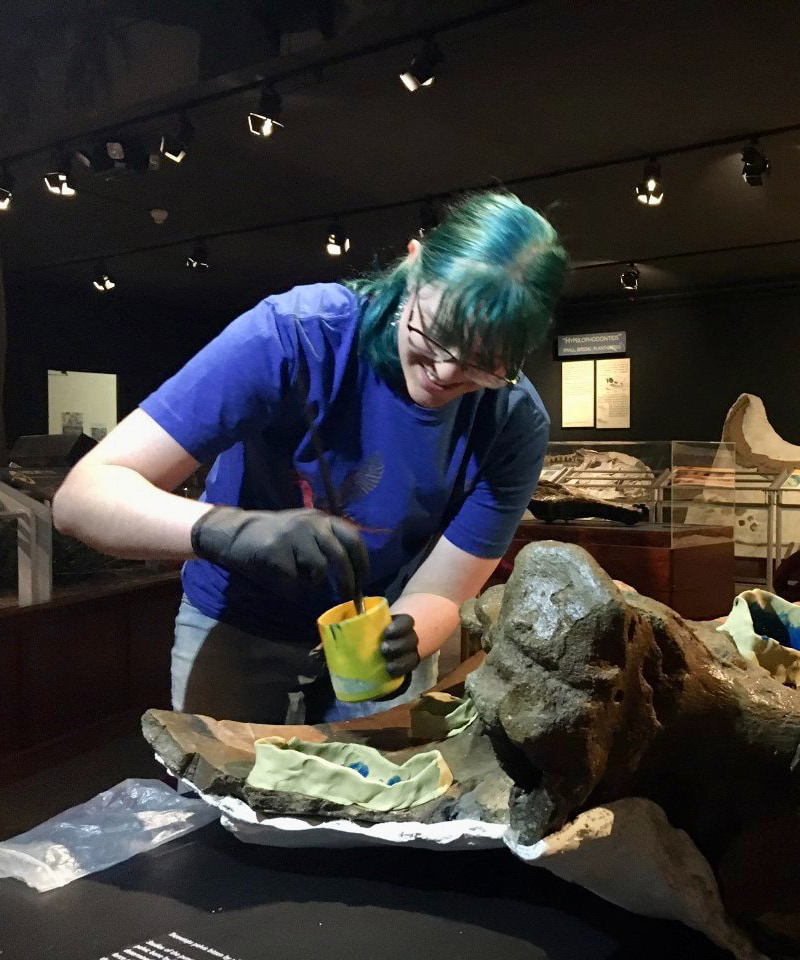
TAIA WYENBERG-HENZLER
“BABY DINOSAURS WHO DON’T SHARE: DIET COMPETITION IN JUVENILE DINOSAURS”
SATURDAY, MARCH 11, 2023
Streaming live through the Philip J. Currie Dinosaur Museum YouTube channel.
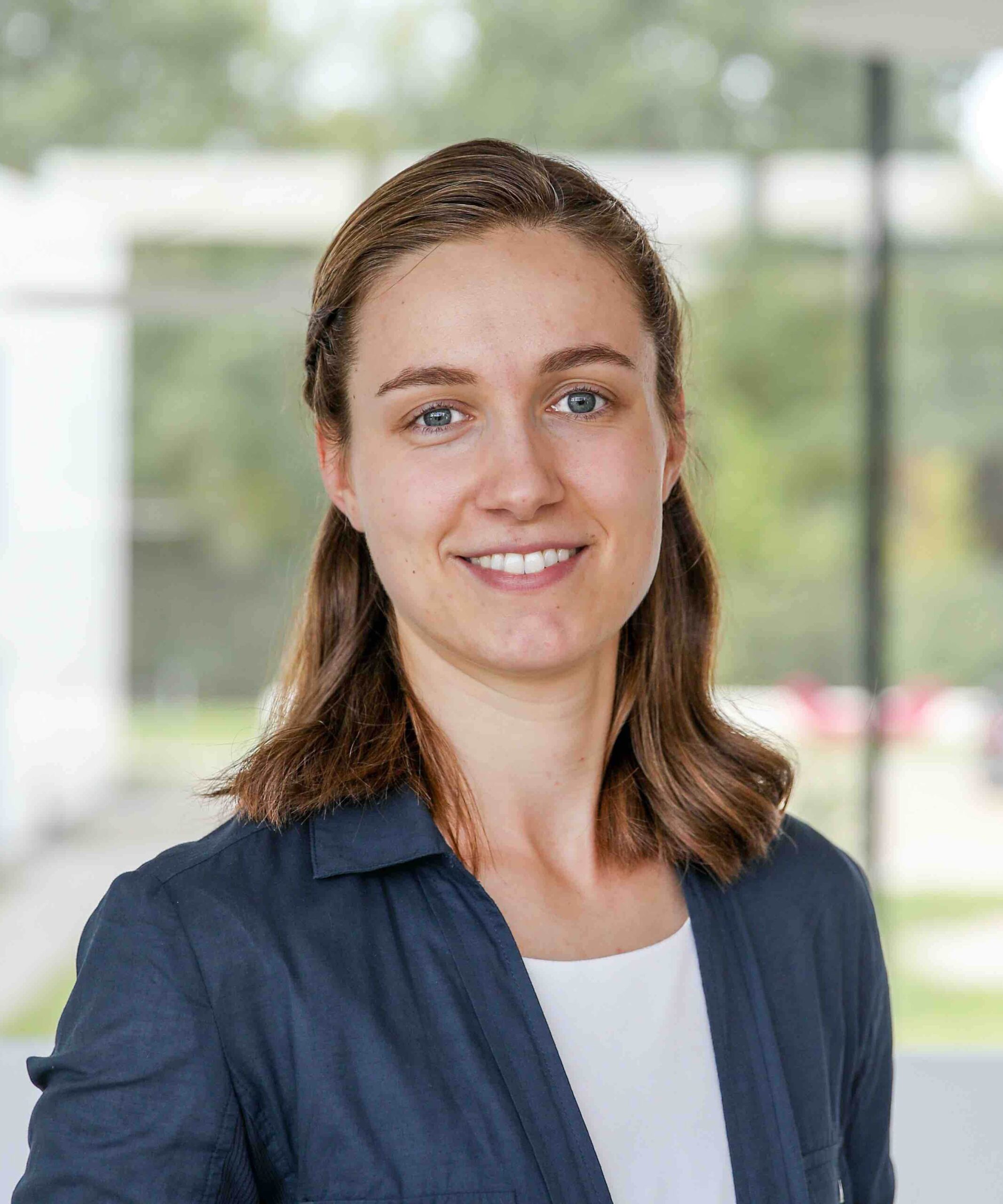
EILEEN STRAUBE
“REEFS THROUGH TIME”
FRIDAY, FEBRUARY 24, 2023
Streaming live through the Philip J. Currie Dinosaur Museum YouTube channel.

DR. HALLIE STREET
“HOW THE WEST WAS SWUM: THE MARINE REPTILES OF WESTERN CANADA’S CRETACEOUS SEAS”
SATURDAY, JANUARY 14, 2023
Streaming live through the Philip J. Currie Dinosaur Museum YouTube channel.
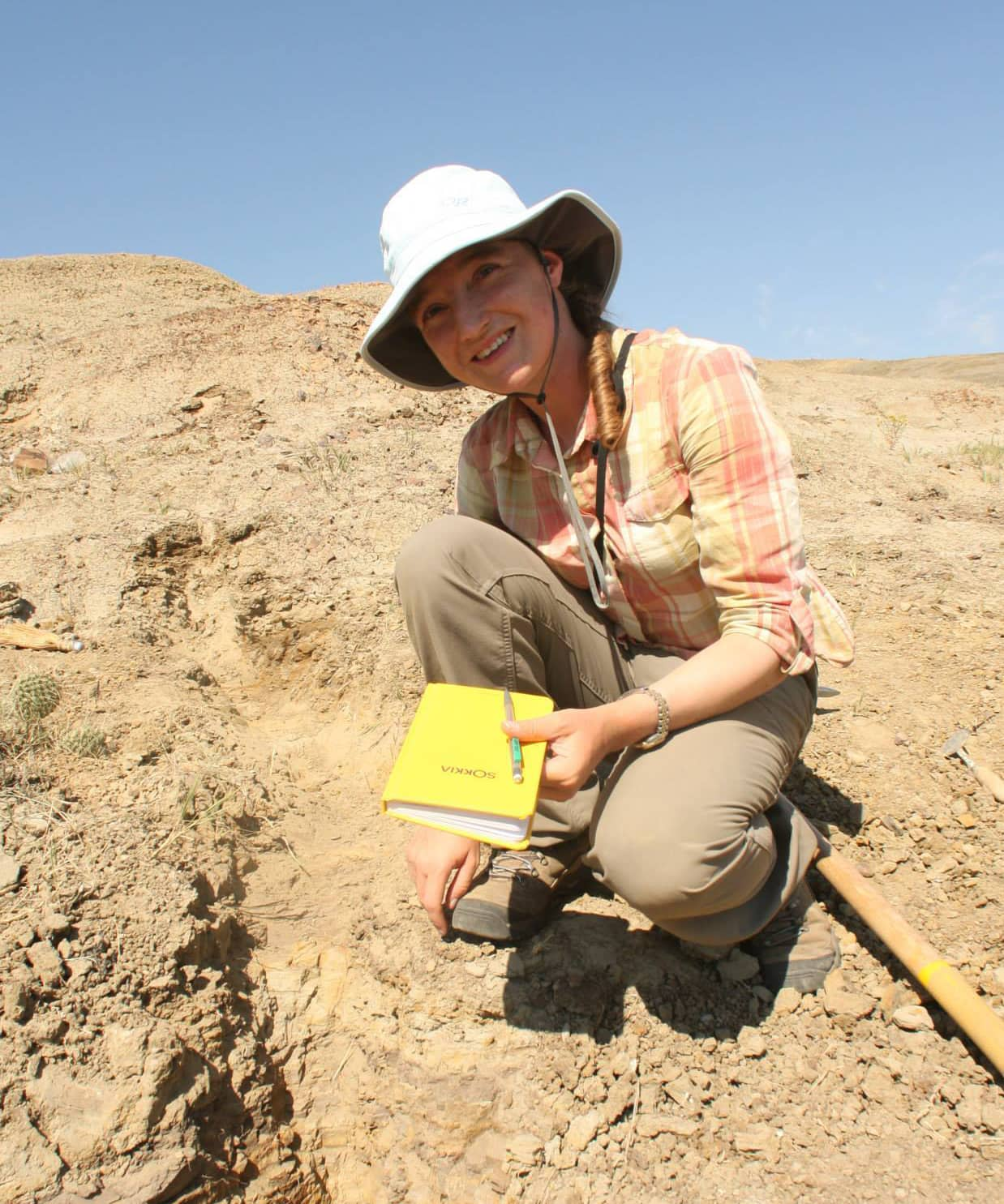
DR. EMILY BAMFORTH
“FROM DEINONYCHUS TO THE DINNER TABLE”
THURSDAY, NOVEMBER 24, 2022
Streaming live through the Philip J. Currie Dinosaur Museum YouTube channel.

JOE MOYSIUK
“WHAT NEW BURGESS SHALE FOSSIL DISCOVERIES TELL US ABOUT THE ORIGINS OF ARTHROPODS”
SATURDAY, APRIL 23, 2022
Streaming live through the Philip J. Currie Dinosaur Museum YouTube channel.

DR. EMILY STANDEN
“RECIPE FROM THE DEVONIAN: WHEN ALL YOU HAVE IS FISH, HOW DO YOU MAKE A TETRAPOD?”
WEDNESDAY, FEBRUARY 16, 2022
Streaming live through the Philip J. Currie Dinosaur Museum YouTube channel.
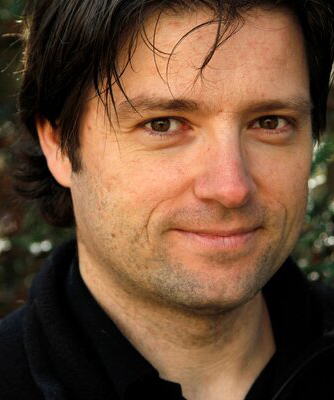
JULIUS T. CSOTONYI
“CSOTONYI’S EXPERIENCE AS A PALAEOARTIST”
SATURDAY, JANUARY 29, 2022
Streaming live through the Philip J. Currie Dinosaur Museum YouTube channel.
Julius Cstonyi is a freelance natural history illustrator and biological sciences graduate. Having achieved a MSc of Ecology and Environmental Biology (University of Alberta), and a PhD in microbiology (University of Manitoba), he has published scientific papers on mutualisms in Utah and unusual bacteria at alien-looking deep ocean hydrothermal volcanic vents. This scientific background has impelled him to strive to restore as realistically as possible the curiously alien environments that earth has hosted in its deep past.
While his passion for drawing palaeoart stemmed from a childhood obsession with drawing dinosaurs, his portfolio has expanded to include all branches of scientifically inspired artwork in a variety of styles. This includes pencil and ink line drawings to watercolour, pastel, 2-dimensional digital illustrations, and 3-dimensional digital models. This work encompasses dinosaurs and other prehistoric life, sharks and other living animals, as well as some space art, fantasy, and science fiction themes.
He has collaborated on projects with several major museums and book publishers from around the globe, including the National Geographic Society and the Royal Tyrrell Museum, working closely with scientists, and drawing on my own scientific background. He even did most of the palaeoart for our very own Philip J Currie Dinosaur Museum. His artwork has appeared in numerous books and is currently featured in “The Paleoart of Julius Csotonyi” (Csotonyi and White, 2014) and also in “Dinosaur Art: The World’s Greatest Paleoart” (White, 2012). In addition to book and museum projects, he also accepts private commissions of artwork in a wide range of digital and traditional media. He has been honoured with the Society of Vertebrate Paleontology’s Lanzendorf PaleoArt Prize for 2-Dimensional Art three times (2010, 2012, 2014).
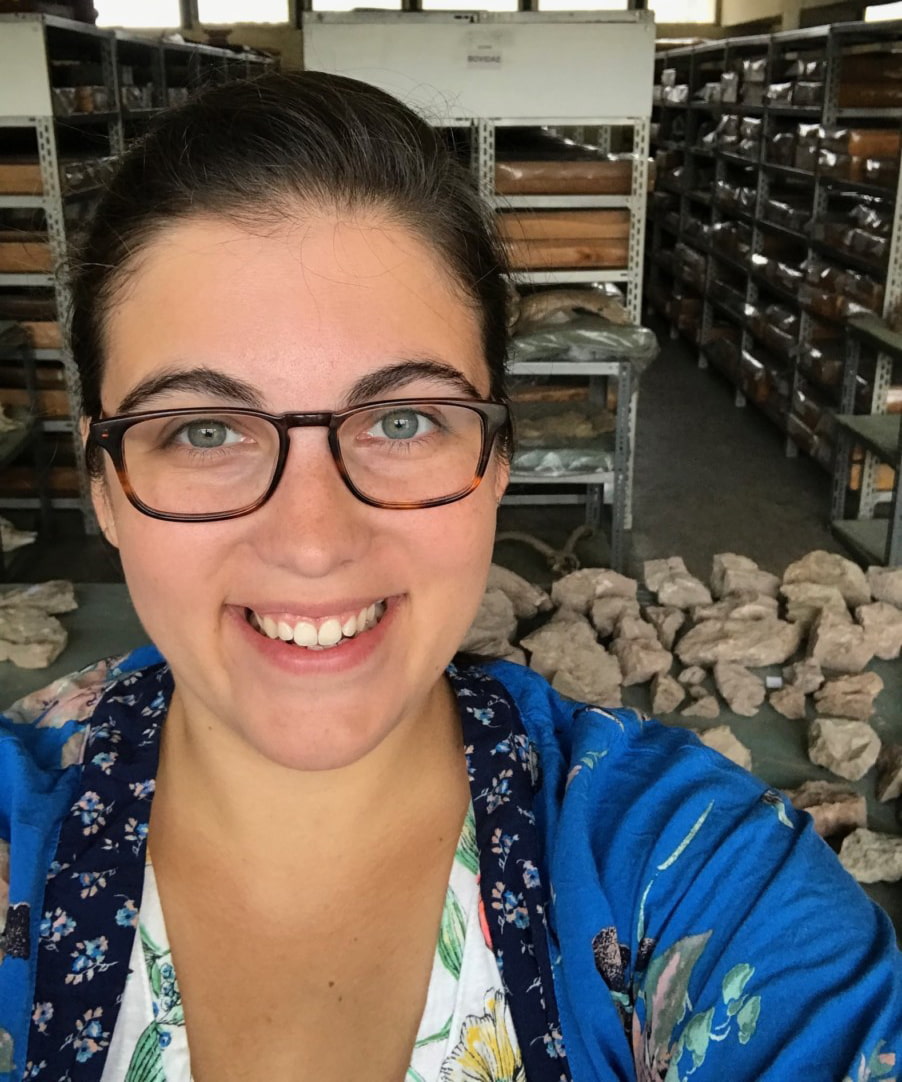
DR. ALY BAUMGARTNER
“MIOCENE APES AND TREE TIME MACHINES”
SATURDAY, DECEMBER 4, 2021
3:00PM (MST)
Streaming live through the Philip J. Currie Dinosaur Museum YouTube channel.
Humans have long been interested in where we come from and Rusinga Island, Kenya has many answers. Fossils from this Early Miocene fossil site have taught us about our evolutionary history for decades, but one thing has been missing: the context. Plants are more than just the green background in pictures of fossil animals; these “tree time machines” allow us to understand the world our earliest ancestors lived in and what drove their evolution.
Dr. Baumgartner grew up in a small town in Michigan and always knew she would be a paleontologist. After receiving her B.S. in Environmental Science from the University of Michigan, her plan of studying mammoths and mastodons was sidetracked when she undertook a paleobotany project for her master’s thesis in Biology at East Tennessee State University. After that she was hooked on fossil plants, earning her Ph.D. in Geology from Baylor University. Though her day job as the Paleontology Collections Manager at the Sternberg Museum of Natural History mostly involves taking care of fossil animals, plants are closest to her heart.
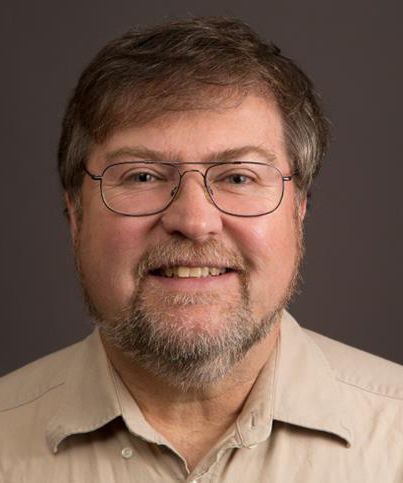
DR. MICHAEL J. RYAN
“THE HORNED DINOSAURS OF CANADA”
SATURDAY, OCTOBER 23, 2021
12:00PM (MST)
Streaming live through the Philip J. Currie Dinosaur Museum YouTube channel.
The horned dinosaurs were one of the most common dinosaurs in the Late Cretaceous of North America. They range in size from the enigmatic, dog sized Gryphoceratops from the Milk River region of Alberta to the giant Triceratops that roamed across western North America just prior to great dinosaur extinction at the end of the Cretaceous. Much of our understanding of the evolution and diversity of horned dinosaurs comes from discoveries made in Alberta over the last 100 years. In this talk you’ll learn about some of that history, some of the spectacular new horned dinosaurs named in the past ten years, and learn the answer to the classic question: who would win in a battle between T. rex and Triceratops?
Dr. Ryan is a dinosaur palaeontologist currently holding the position of Adjunct Research Professor in the Dept. of Earth Sciences at Carleton University (Ottawa) where he co-supervises undergraduate and graduate students. He also teaches the vertebrate paleontology field course as well as the in-demand Dinosaurs course to more than 400 students each year.
He previously held positions as Curator and Head of Vertebrate Paleontology at the Cleveland Museum of Natural History, and Director of Education and Public Programs at the Royal Tyrrell Museum of Palaeontology.
His research involves the systematics, taphonomy and palaeoecology of Late Cretaceous dinosaur faunas of western North America and Mongolia, with a specialization in Ceratopsia (horned dinosaurs). His primary research is conducted through his Southern Alberta Dinosaur Project that he co-leads with Dr. David Evans (ROM/U of Toronto). This long-term project is investigating the patterns of dinosaur evolution, ecology, and biogeography during the Late Cretaceous.
Over his career, Ryan has lead or co-lead expeditions in Canada, the United States, Mongolia, Greenland, South America and Africa. In addition to authoring more than 200 research papers and conference presentations, he has described more than 20 new dinosaur species and other fossil vertebrates
Ryan’s non-scientific work includes co-creating and writing SubHuman (Dark Horse Comics) and working with LucasFilm to relocate the original filming locations in Tunisia for Star Wars: A New Hope. He co-produced a documentary of that adventure, Journey to Tatooine, that was released in 2018 after a successful Kickstarter campaign.
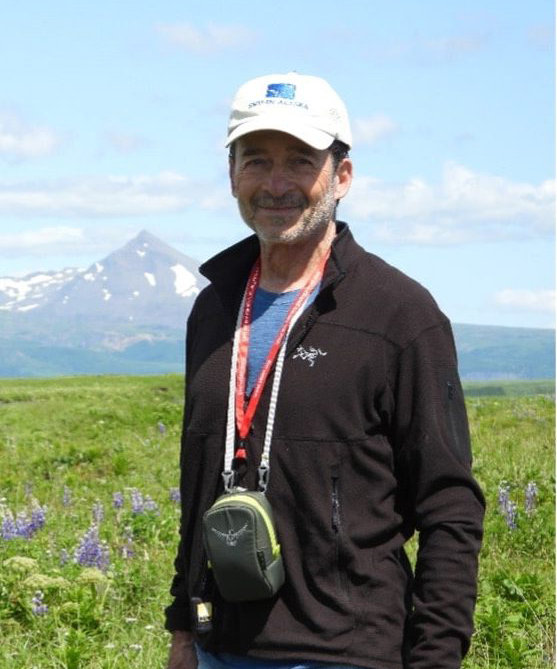
DR. ANTHONY FIORILLO
“THE LATE CRETACEOUS DINOSAURIAN WORLD OF ANIAKCHAK NATIONAL MONUMENT, SOUTHWESTERN ALASKA”
SATURDAY, OCTOBER 16, 2021
12:00PM (MST)
Streaming live through the Philip J. Currie Dinosaur Museum YouTube channel.
While there are now numerous records of dinosaurs from Cretaceous rocks around the state of Alaska, a comparable fossil record of terrestrial vertebrates from the southwestern part of the state is poorly known. Recent field work in Aniakchak National Monument, in southwestern Alaska has revealed over 100 new track sites, dramatically increasing the dinosaur record from this vast region. These tracks are in the Late Cretaceous (Maastrichtian) Chignik Formation representing shallow marine to nearshore marine environments in the lower part and continental alluvial coastal plain environments in the upper part of the section.
Most of the combined record of tracks can be attributed to hadrosaurs, the plant-eating duck-billed dinosaurs ranging in size from those made by full-grown adults to juveniles. Other tracks can be attributed to armored dinosaurs, meat-eating dinosaurs, and two kinds of fossil birds. The track size of the predatory dinosaur suggests a body approximately 6-7 m long, about the estimated size of the North Slope tyrannosaurid Nanuqsaurus. The larger bird tracks resemble Magnoavipes denaliensis previously described from Denali National Park, while the smaller bird tracks were made by a bird about the size of a modern Willet.

TAIA WYENBERG-HENZLER
“BABY DINOSAURS WHO DON’T SHARE: DIET COMPETITION IN JUVENILE DINOSAURS”
SATURDAY, MARCH 11, 2023
Streaming live through the Philip J. Currie Dinosaur Museum YouTube channel.